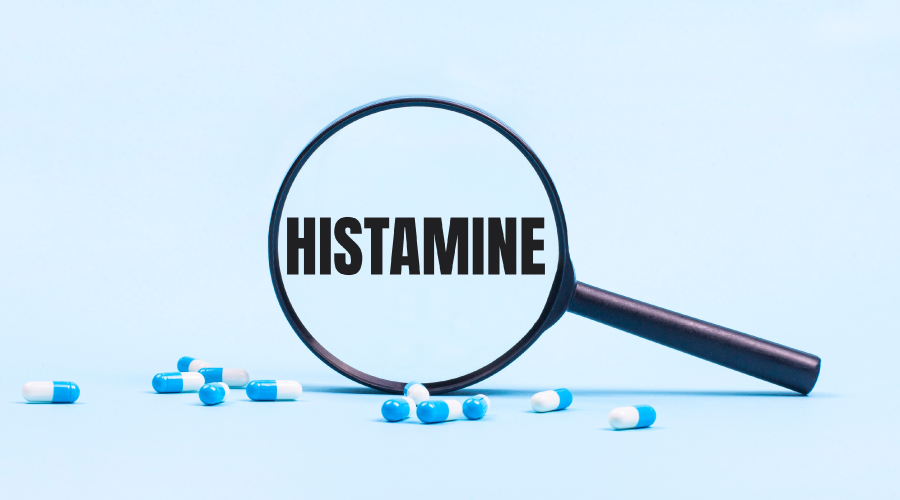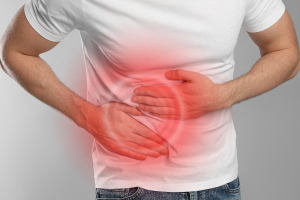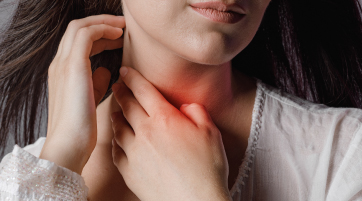

Histamine is a chemical compound that plays a significant role in conducting physiological processes in the body. It is mainly known for the allergic reaction it creates in the body, but it has other functions too. This blog will reveal details about histamine and histamine allergy symptoms, as well as their causes and treatment.
What is Histamine?
Histamine is a biogenic amine that is produced and stored in some cells called mast cells and basophils. Histamine is present in the skin, lungs, gastrointestinal tracts, and the central nervous system (CNS).
What is Histamine Allergy?
Histamine allergy is not a regular type of allergy; rather, it is one kind of histamine intolerance that happens when the body metabolises histamine. This leads to the accumulation of the excessive histamine compound. This allergic reaction does not involve the immune system of the body. Following are some of the leading symptoms of histamine-related allergy:
- Headache
- Flushing
- Skin rashes
- Watery and itchy eyes
- Running rose
- Vomiting or nausea
- Difficulty in breathing
Causes of Histamine Release
The release of histamine can be caused by various factors. Pollens, dust particles, and certain foods can stimulate the body to produce histamine, which then leads to allergies.
Some of the external factors that can induce this process include heat, cold temperature, mental pressure, and bright sunlight. Apart from these, opioids and muscle relaxant medicines can also be the histamine causes.
Relationship between Histamine and Antihistamine
To understand the relationships between histamines and antihistamines, you have to understand the facts behind histamines and antihistamines.
Antihistamine functions by buckling the work of histamine receptors, inhibiting the binding of histamines, and stopping its effects. Notably, H1 receptors and H2 receptors of histamine compounds are used to treat allergic reactions in the body.
- Histamine:
Despite its anti-allergic properties, histamine acts as a neurotransmitter and regulates the sleeping cycle, appetite, and other cognitive functions. Moreover, it is a mediator to the body’s immunity system, sometimes causes inflammation, and helps produce immune cells to attack pathogens.
Also, body cells release histamine to respond to the immunoglobulin E(IgE), which is a kind of antibody. This is released in response to invading pathogens from the external environment.
Now, patients with histamine intolerance suffer from allergic reactions mostly. That happens due to the deficiency of gastrointestinal enzyme, diamine oxidase (DAO).
- Antihistamine:
It is a first-line treatment for anaphylaxis. It can be used for supportive therapy purposes for anaphylaxis. Some of the H-1 and H-2 antihistamine indications are:
● Allergic dermatological reaction
● Sinusitis
● Nausea and vomiting
● Angioedema
● Allergic rhinitis
● Gastritis
● Peptic ulcer
● Acid reflux
- Histamine Foods:
Here’s a list of histamine-rich foods to keep in mind:
● Aged cheese
● Processed foods
● Alcoholic drinks
● Eggplant
● Red meat
● Peanuts
● Yoghurt
● Wine
● Beans
● Vinegar
Besides, it is to be noted that fruits and vegetables can act as antihistamines naturally.
Side Effects of Histamine on Human Skin
Some of the histamine allergy symptoms include histamine reaction skin problems. Histamine can make the blood vessels of the skin dilate, causing redness and patchiness in the skin. It can lead to swelling and discomfort to the skin of the face.
Additionally, itching is often triggered due to the chemical reactions associated with the immune response of the body. Sometimes, the skin gets dried or permanently damaged by allergic reactions. The histamine receptors on the skin stimulate histamines to secrete sebum onto the skin.
Treatment of Histamine allergies:
- Antihistamine
Antihistamine medications can block the reaction of histamine and reduce allergic reactions immediately. They can bind histamine receptors, inhibit allergens to collaborate with the receptors, and reduce histamine allergy symptoms, like sneezing, watery eyes, and nose. Antihistamine can reduce gastrointestinal discomfort, skin distress, and respiratory problems.
Conclusion
Histamine, an important compound involved in various physiological reactions, the histamine allergy and anti-allergic reactions, play a crucial role in the body’s immune response. Histamine causes intolerance symptoms in the body significantly. Antihistamines can be used to alleviate anti-allergic symptoms. It stops the reaction of histamines. So, understanding the role of both chemical compounds is important to managing histamine-related conditions significantly and improving health conditions.




